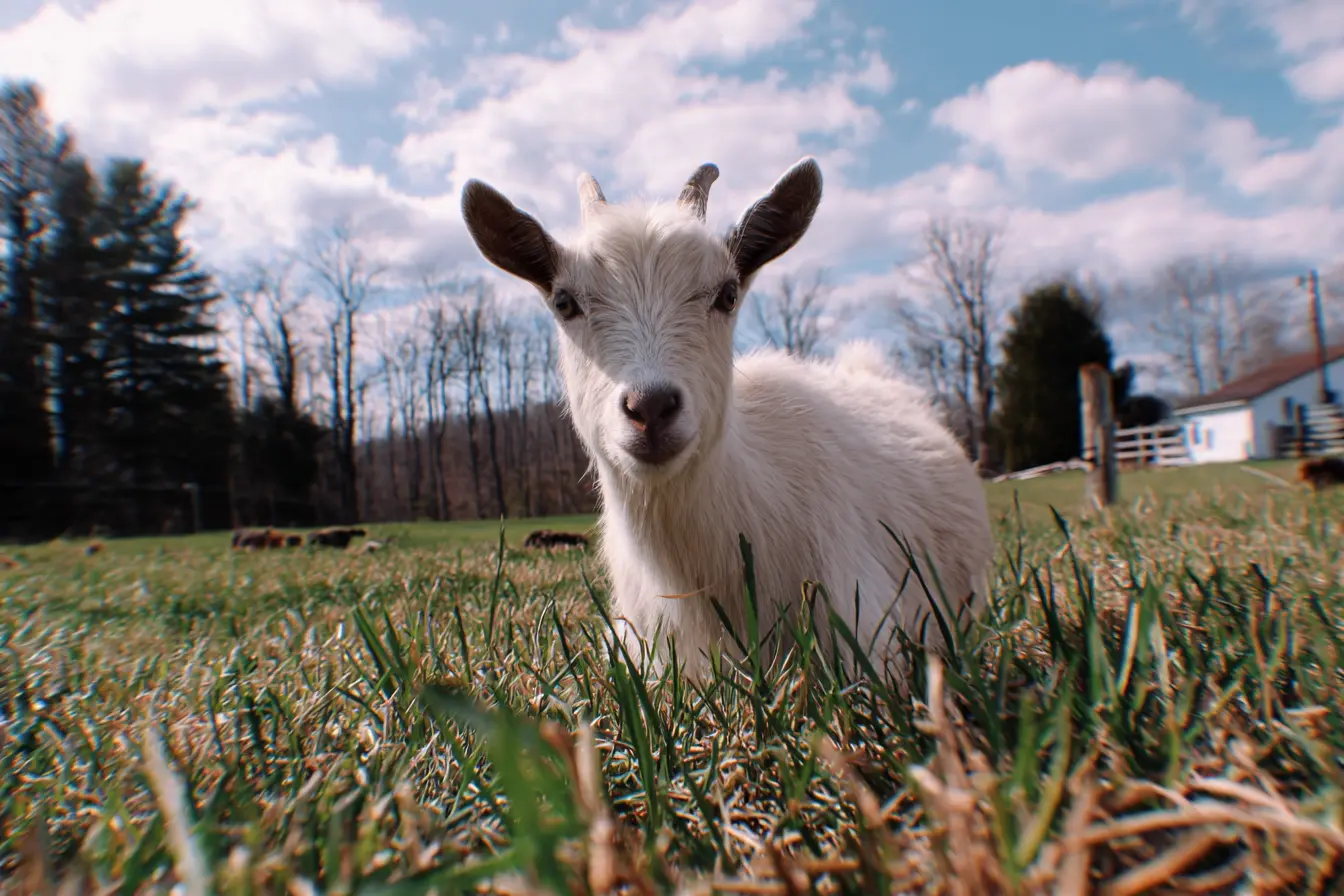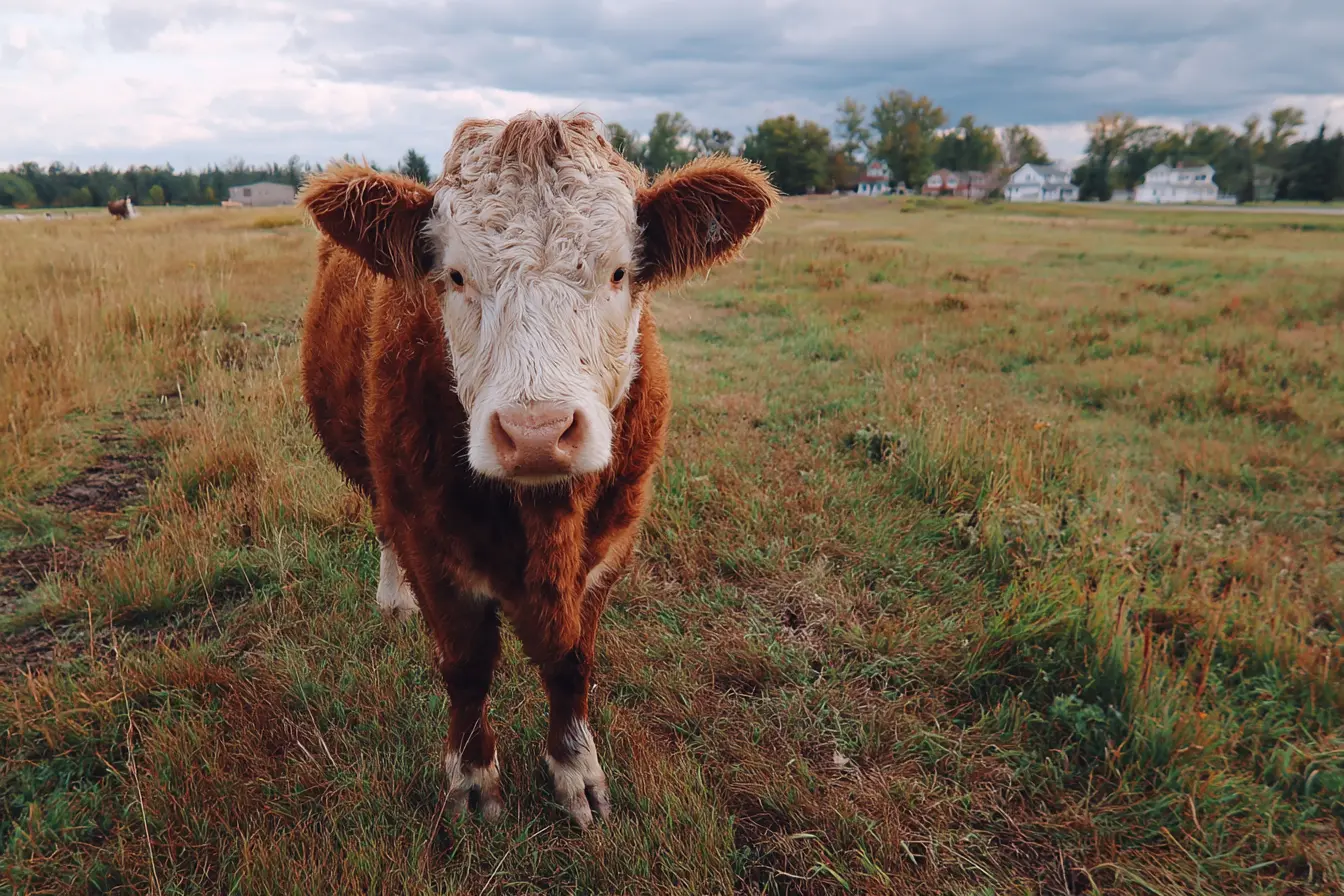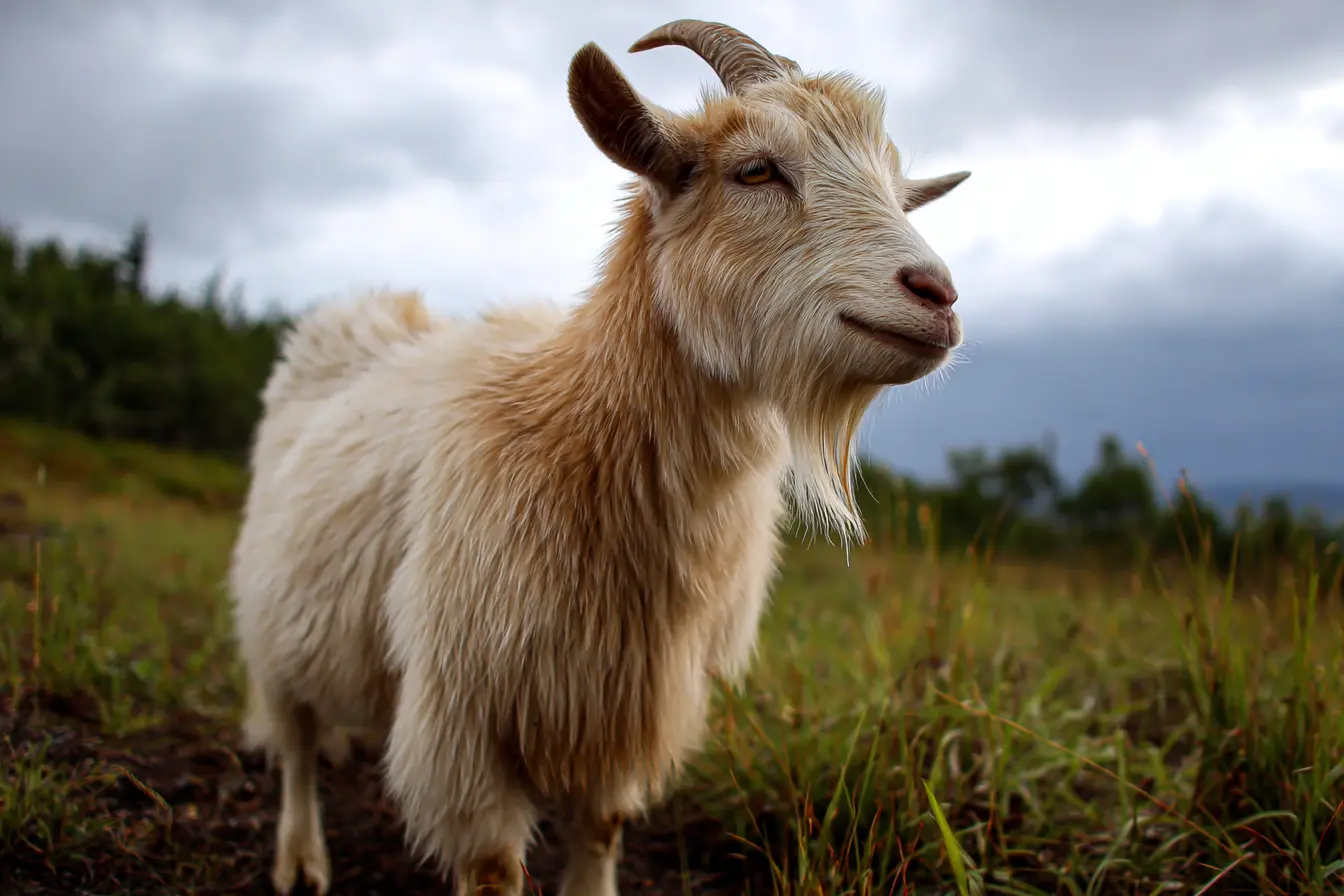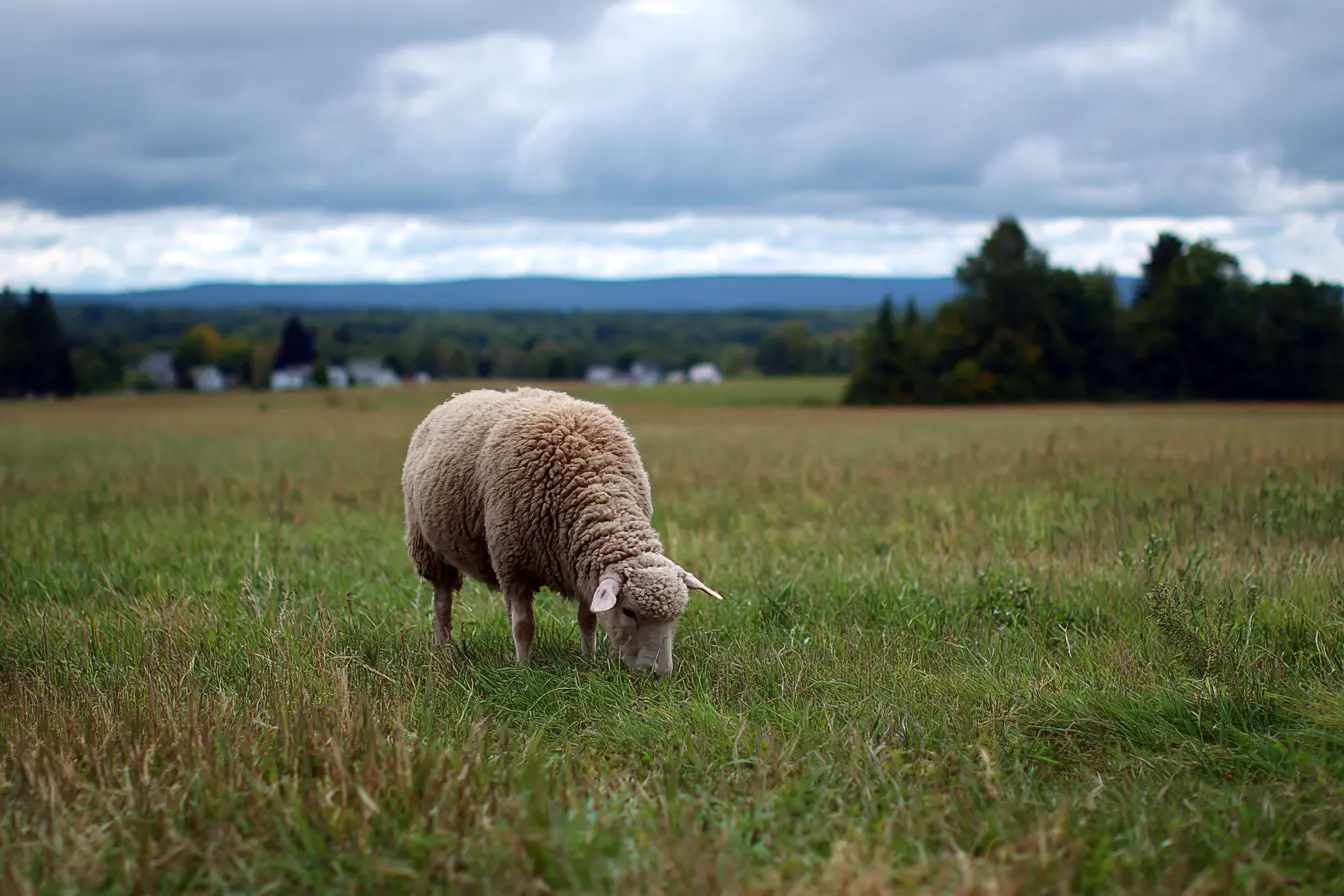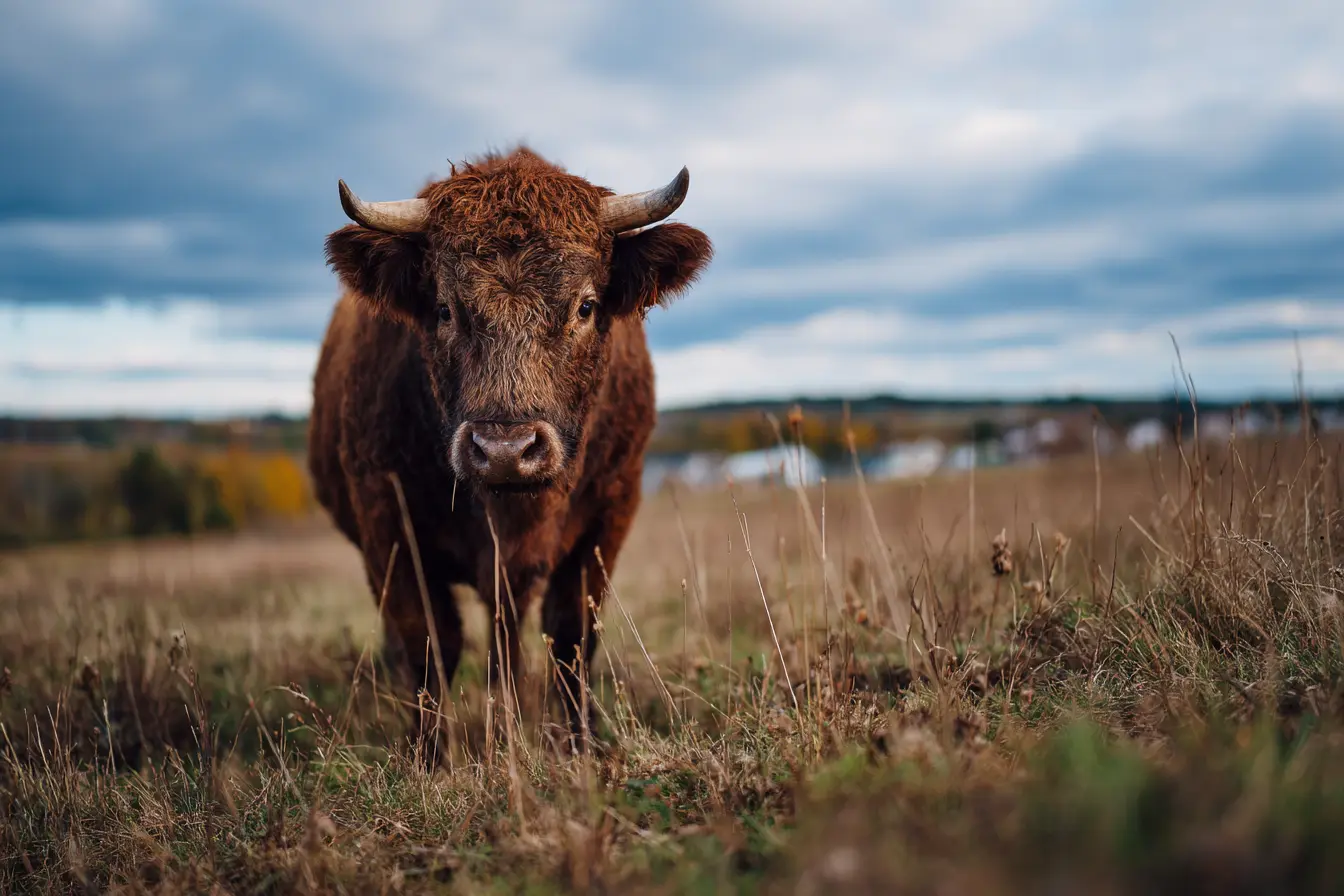
A Complete Guide to Castration in Cattle
Castration is the removal or destruction of the testicles of male calves or bulls to prevent reproduction and reduce aggressive behaviour. It is a routine management procedure on many cattle farms in the UK and around the world. When performed correctly and at the appropriate age, castration contributes to safer handling, improved meat quality, and easier management of cattle.
However, castration is a painful procedure and must be carried out humanely, legally, and with appropriate pain management. This guide covers everything cattle farmers need to know about castration including why it is done, legal requirements, methods, timing, pain control, aftercare, and welfare considerations.
Why Castration is Performed
There are several reasons why castration is a standard management practice in cattle farming:
- Safety and handling: Castrated males (steers) are less aggressive and easier to handle than intact bulls.
- Preventing unwanted breeding: Avoids accidental mating and inbreeding in mixed-sex groups.
- Improved meat quality: Steers produce meat that is more tender and better marbled than that of bulls.
- Simpler management: Reduces the need for separate housing or fencing for bulls.
Legal Requirements in the UK
Castration is regulated under the Animal Welfare Act 2006 and the Mutilations (Permitted Procedures) (England) Regulations 2007, with similar laws in Scotland, Wales, and Northern Ireland.
Key legal rules include:
- Castration must be done only by a trained, competent person.
- Rubber ring (elastrator) method:
- Only permitted on calves under 7 days old.
- Must be done using a proper rubber ring applicator.
- Other methods (surgical or bloodless methods such as Burdizzo):
- May be used on calves under 2 months old by a trained layperson.
- Calves over 2 months old must be castrated by a veterinary surgeon using anaesthetic.
- Pain relief (analgesia) must be used for any castration performed on calves over 2 months old.
These rules exist to protect animal welfare by ensuring castration is done at the right age, using correct methods and pain control.
Timing of Castration
- Castration is best carried out as early as possible, usually within the first week of life for the rubber ring method or before 2 months of age for other methods.
- Early castration is less stressful and has fewer complications than castration later in life.
- Older calves and adult bulls can be castrated, but this requires full veterinary surgical intervention under anaesthetic and carries a higher risk of bleeding, infection, and stress.
Methods of Castration
There are three main methods of castration used in cattle:
Rubber Ring (Elastrator)
- Used on calves under 7 days old only.
- A tight rubber ring is placed around the neck of the scrotum, cutting off blood supply to the testicles.
- The scrotum and testicles shrivel and fall off after 2–3 weeks.
- Simple and quick but causes temporary pain after application.
Bloodless Castration (Burdizzo)
- Suitable for calves up to 2 months old.
- A Burdizzo castrator crushes the spermatic cords through the skin, destroying the blood supply to the testicles without breaking the skin.
- The testicles gradually shrink and become non-functional.
- Requires skill to ensure both cords are fully crushed.
Surgical Castration
- Used mainly on older calves and bulls.
- Requires a veterinary surgeon and the use of local or general anaesthetic.
- The scrotum is opened, and the testicles are removed using an emasculator to crush and sever the spermatic cord.
- Provides immediate removal but carries a higher risk of bleeding and infection.
Pain Management
- Local anaesthetic is legally required for calves over 2 months old.
- Non-steroidal anti-inflammatory drugs (NSAIDs) should also be given to reduce post-operative pain and swelling.
- Even for very young calves, providing pain relief is strongly recommended as best practice to improve welfare.
Aftercare
Good aftercare is essential for healing and to prevent complications:
- Keep calves in a clean, dry environment after castration.
- Check daily for signs of swelling, bleeding, infection, or flystrike.
- Ensure calves are feeding well and behaving normally.
- Avoid stressful handling for several days after the procedure.
Potential Complications
When done correctly at the right age, complications are rare, but possible problems include:
- Infection of the scrotum.
- Excessive swelling or bleeding (especially after surgical castration).
- Incomplete castration if one testicle is missed.
- Tetanus (especially after rubber ring use. Vaccination is recommended).
Prompt veterinary treatment is needed if complications occur.
Welfare Considerations
- Castration is painful, and managing pain is a legal and ethical responsibility.
- Early castration reduces stress and speeds up recovery.
- Competence and training are vital to ensure procedures are done correctly and safely.
- Combining good technique, hygiene, anaesthetic, and analgesia greatly improves calf welfare.
Conclusion
Castration is a routine management practice in cattle farming that improves safety, meat quality, and herd management. It is a painful procedure and must be carried out humanely, legally, and at the correct age.
By performing castration early, using appropriate pain relief, and providing excellent aftercare, farmers can protect both the welfare of their calves and the safety of their farms, while complying with UK animal welfare legislation.
Vets near you
Speciality vets
- Aquatics vet specialists
- Birds vet specialists
- Camelids vet specialists
- Cats vet specialists
- Cattle vet specialists
- Deer vet specialists
- Dogs vet specialists
- Equines vet specialists
- Exotic vet specialists
- Goats vet specialists
- Pigs vet specialists
- Poultry vet specialists
- Sheep vet specialists
- Small Mammals vet specialists
- Wild vet specialists
